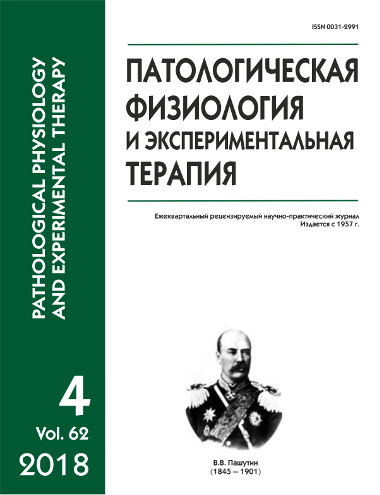An in vivo study of the response to antibiotics of the rat small bowel mesenteric lymphatic microvasculature
DOI:
https://doi.org/10.25557/0031-2991.2018.04.261-264Keywords:
biomicroscopy, antibiotics, lymphatic microvessels, motility, lymph flow rateAbstract
The lymphostimulating activity of the antibiotics commonly used in clinical practice was studied in the rat small bowel mesentery using biomicroscopy. Some antibiotics (lincomycin and amikacin) mostly exerted an inhibitory effect on contractility of the vascular wall, valves, and lymph flow rate in lymphatic microvessels (LM). Ceftriaxone, amoxiclav, and vancorus had a weak activity. In a part of LM, the decrease in contractile activity impaired the lymph flow, which affected performance of organs and systems. Since the LM dysmotility affects different functions of the lymphatic system (detoxication, regulation of water and electrolyte metabolism, immunity, etc.) it is unclear what mechanisms underlie the therapeutic effect of antibiotics in inflammation associated with impaired lymph flow. This warrants in vivo studies of the lymphatic vessel response to the antibiotics used in clinical practice.Published
2018-11-21
Issue
Section
Brief Reports
How to Cite
[1]
2018. An in vivo study of the response to antibiotics of the rat small bowel mesenteric lymphatic microvasculature. Patologicheskaya Fiziologiya i Eksperimental’naya Terapiya (Pathological physiology and experimental therapy). 62, 4 (Nov. 2018), 261–264. DOI:https://doi.org/10.25557/0031-2991.2018.04.261-264.






